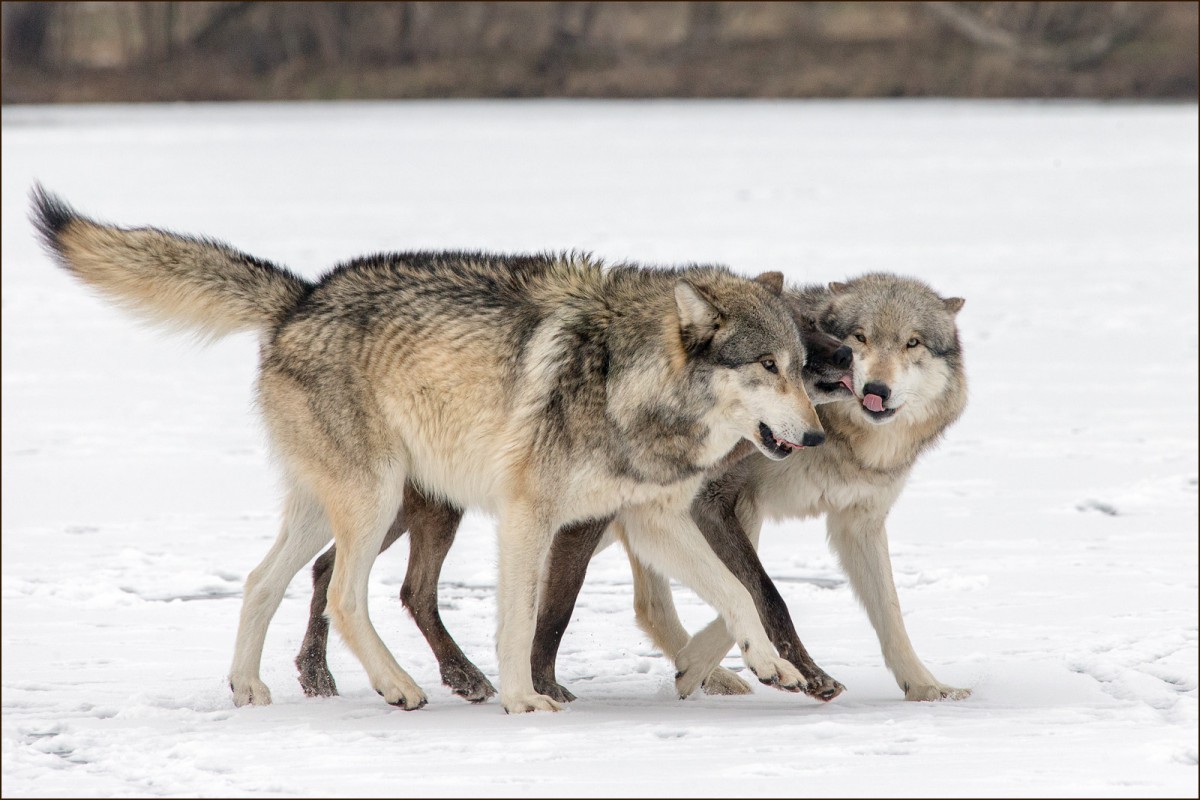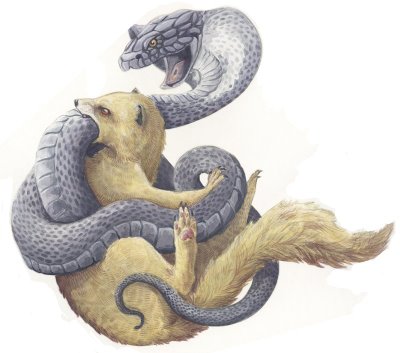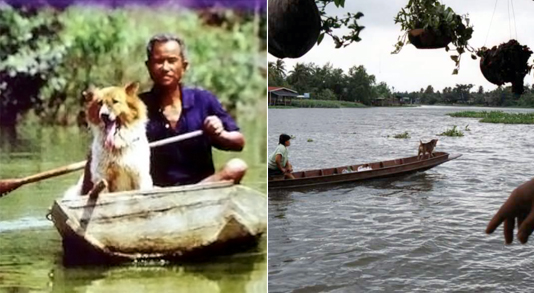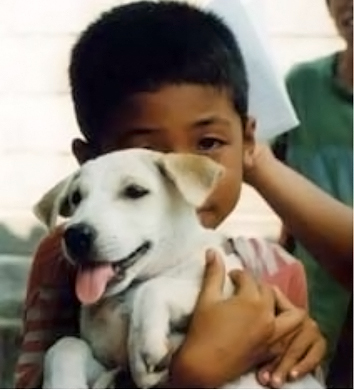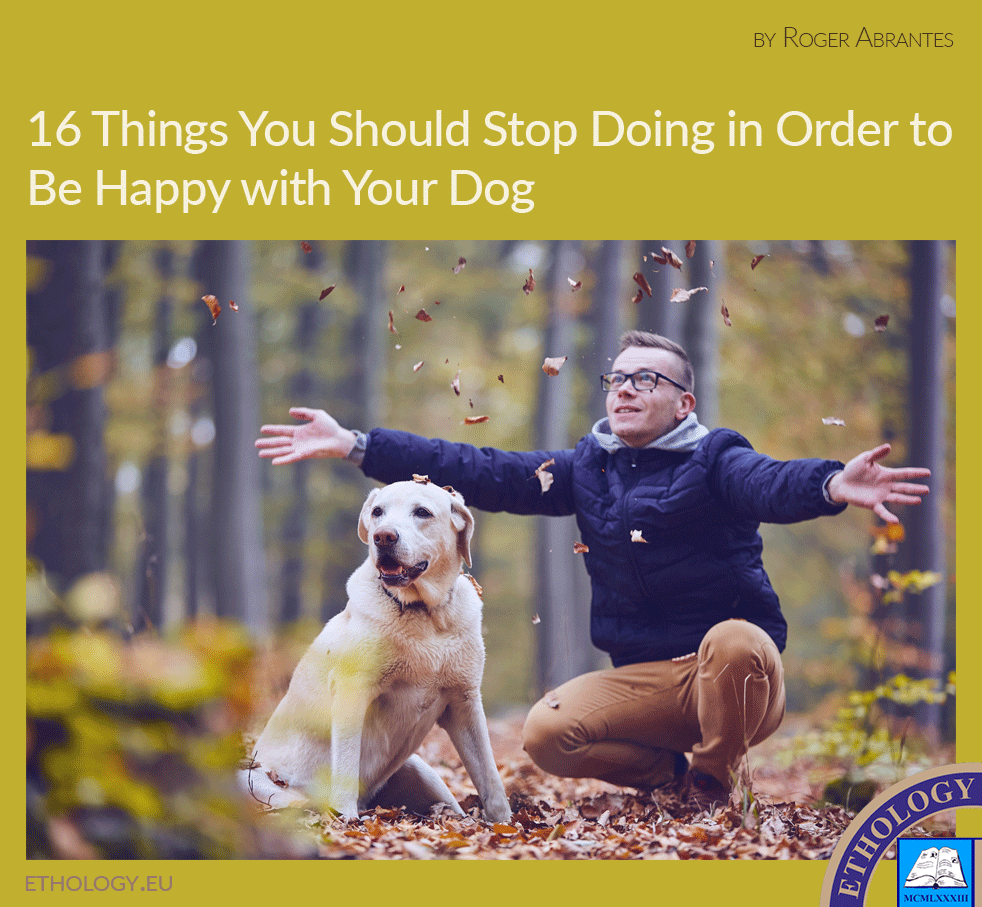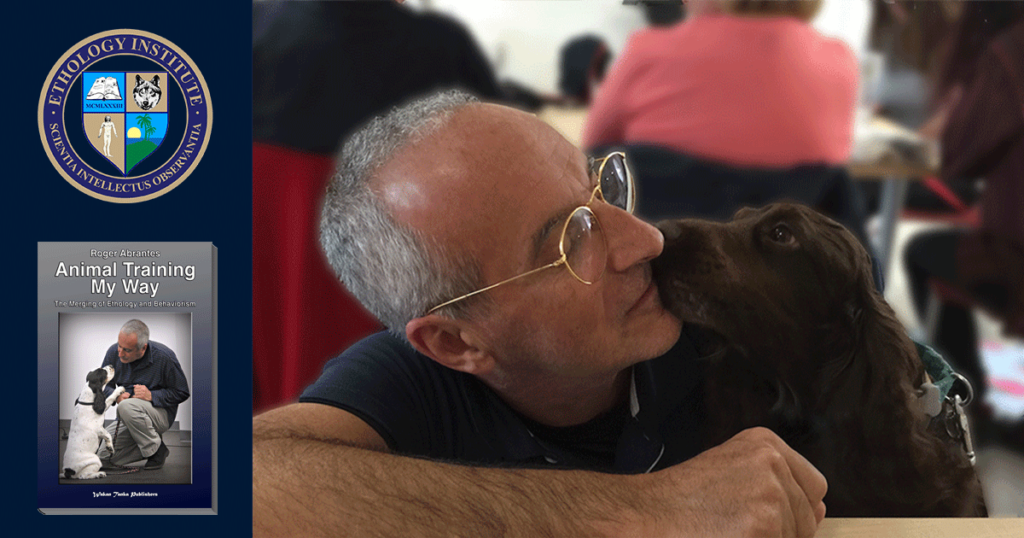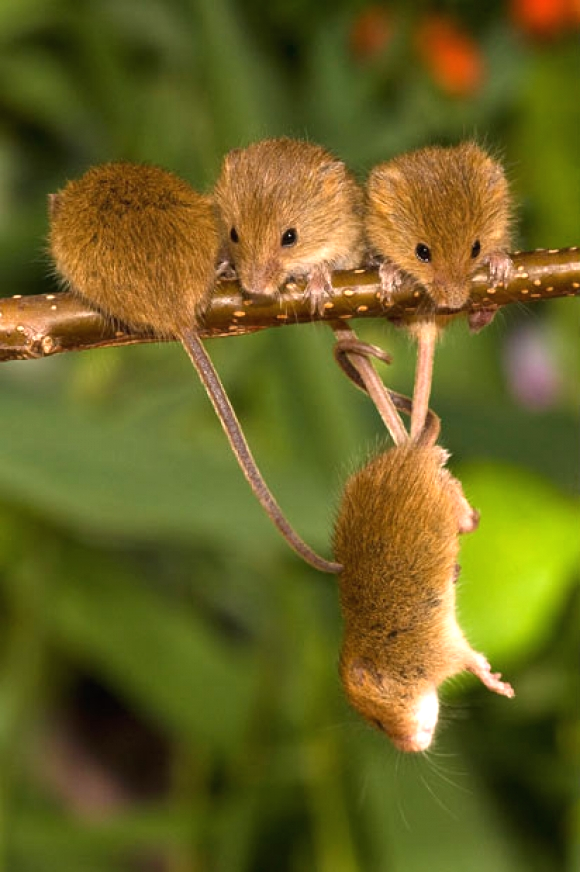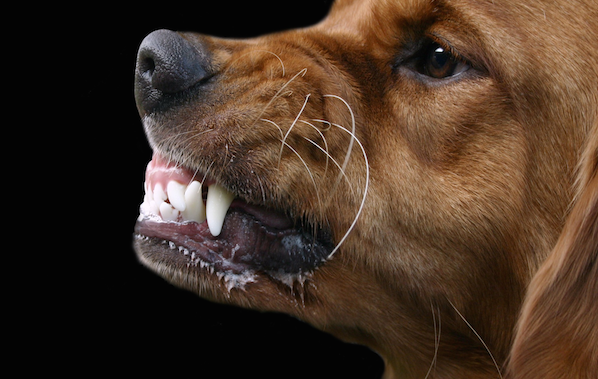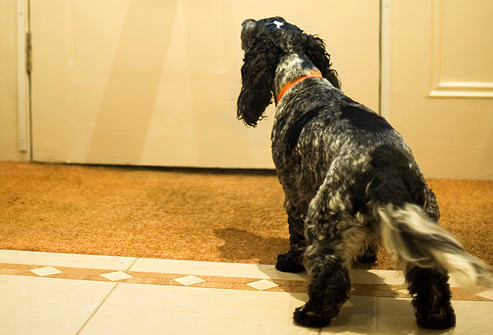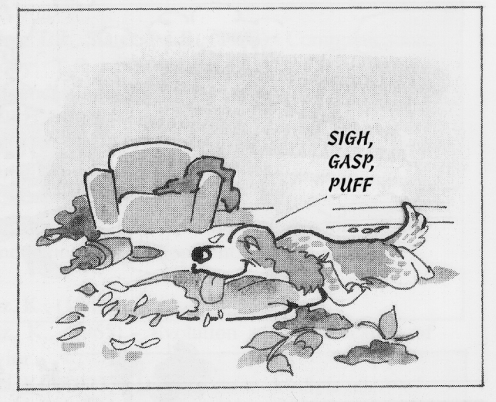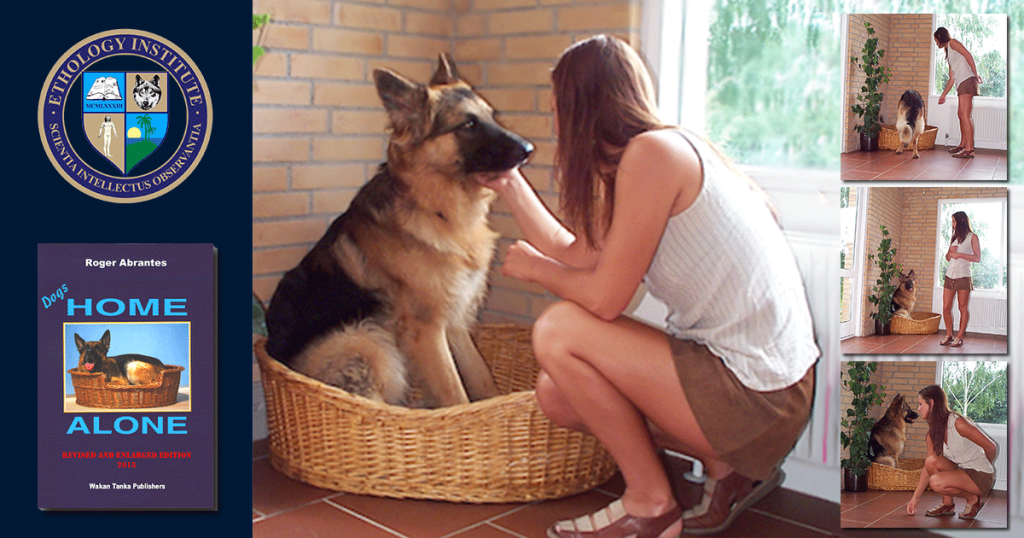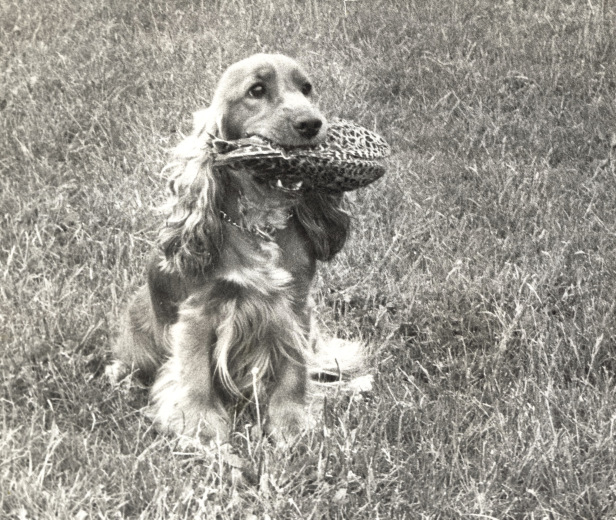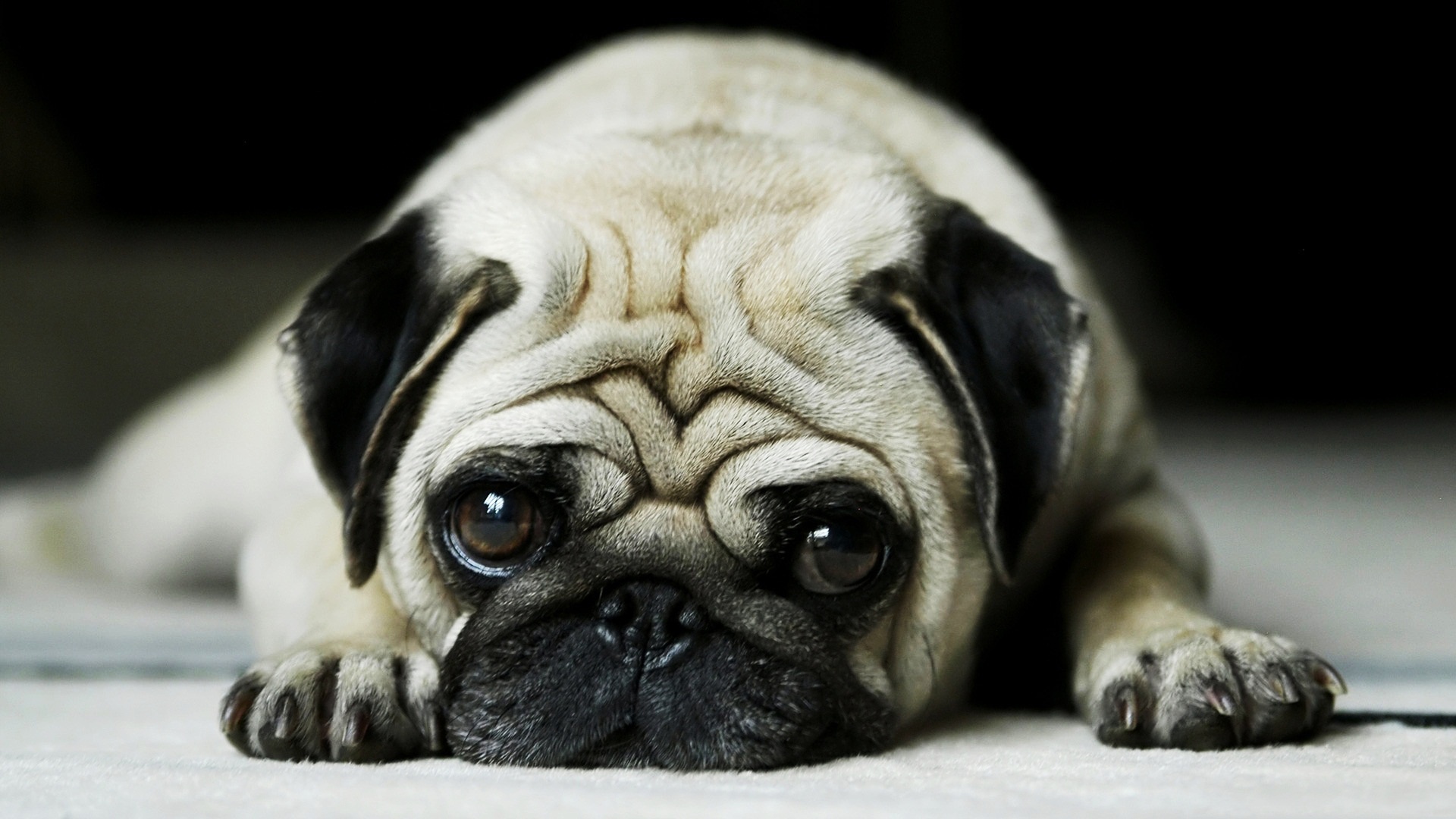Happiness is for most people the ultimate state of well-being, characterized by emotions of intense joy. Being the globetrotter I am, I have witnessed happiness and unhappiness in many shapes and forms.
Trying to isolate the common factors that contribute to people being either happy or unhappy, I soon discovered that it had nothing to do with wealth or material goods. It strikes me every time I land in wealthy Europe or the USA directly from Africa or South-East Asia, to see so many cranky faces in an environment seemingly so rich in resources.
I’ve shared many happy moments with happy people, a thatched roof above our heads, poor cover from the monsoon rain, a handful of sticky rice, spicy chili sauce and fresh water as our only indulgences; and I’ve shared many unhappy moments with unhappy people in luxury penthouses with champagne and caviar ad libitum.
I realize I may have learned a thing or two about happiness. Then again, I’ve been fortunate enough to have travelled far and wide—from the Tibetan heights and the rice paddies of the Mekong to the smoky soys of Bangkok and the razzmatazz of the streets of Manhattan; and most of all for having had such a great variety of excellent teachers, from the most reputable Nobel prize winner, to the most unlikely Nepalese tailor.
I am indeed immensely grateful to the great minds of my academic teachers, as well as to all the unlikely teachers with whom, by a twist of fortune, I have shared a moment in time and space: the monk in Ubonratchathani, the aged busker in Paris, the south-Andaman fisherman, the child in Chalong crying over her dying dog, the Morogoro thief who broke into my house, the bar-girl in Cha-Am who told me her life story, the Iranian taxi driver in downtown San Francisco, the bum in the West Village, the old man selling oranges on the road to Tomar, the villagers in the Uruguru, the Nepalese tailor in Bhubaneswar, the gardener in the Allgäu, and many more. I carry their wisdom in my mind and their kindness in my heart. As amazing as it might sound to you, the animals with which I have been privileged to share a moment of my life have also contributed a great deal to what I’ve learned about life and happiness: Petrine the dog, Katarina the cat, Indie the horse and Anders the duck.
And so, in my ageing youth, I break the sound principle I’ve adopted of never giving advice without being asked—because I think it would be too selfish not to share with you what I’ve learned. My reticence until now has not been because I don’t believe in my own medicine, but because mine is not necessarily yours, and yours will be your own and no one else’s—a point I’d like you to bear in mind.
The 19 points below give you the main factors I identified as crucial to finding happiness. They are good enough for me, but then again, I might be too unambitious—for less than happiness is enough to make me happy.
These 19 points are what life has taught me, and the teachings of the excellent teachers I have met—all of which I’ve put into words—words that cease to be mine as soon as I’ve written them. Once you have read them, they belong to you, do with them what you will.
- Make happiness your goal. You can only be happy if you want to be happy. It’s a choice you make. Start a great day with a great statement, “Good Morning World, here I come, and it’s a beautiful day!” Say it aloud, share it. Should you by misfortune find yourself in the company of a killjoy (party-pooper, wowser), re-affirm your intent with a smile: “I want, I can and I will make it a great day!” It doesn’t matter whether it is cold or hot, raining or snowing, sunny or windy, whether you’re living in a luxury suite or a tiny 40 m2 (430 sq. feet) hut, whether the breakfast waiting for you is a full buffet or simply a handful of sticky rice and chili sauce. You are alive, and you are going to be happy because you want to be happy.
- Focus on what matters. Nothing is perfect, but less than perfect is better than good in most situations. Save your perfectionism for the few occasions when it matters. You should have reasonable control over safety issues and not endanger yourself or those you’re responsible for, but for the rest, play it by ear. Shove petty concerns aside right away. Each new day provides you with the opportunity to create great experiences. If you didn’t experience anything particularly overwhelming today, be happy with less than that, or at least be happy that you didn’t get sick; and if you got sick, you didn’t die—so why be cranky? There are so many variables in life that you can’t expect to control them all. Get your priorities right. Don’t spend your whole life working too hard just to acquire futile commodities, whilst letting life and love pass you by without you even noticing.
- Seize the day. We spend one-third of our life sleeping, one-third complaining about what has happened and one-third worried about what will happen next. There’s beauty everywhere, day or night, no matter where you are: the mountain peak, the rushing of the sea’s tides, the wind in the corn fields, the buzz in the city, the shifting shadows in the backyard, the crickets chirping in the night. Grab the moment, enjoy your journey toward your goal and travel well, for the destinations are seldom what we dreamt of—but if the journey is good, who cares? Live, love and laugh now.
- Live without judging. We might be the only species with the tendency to classify everything as ‘like,’ ‘don’t like.’ The world is not out there for you to like or not like. Pleasant and upsetting go hand in hand. Be critical of what pleases you and tolerant of what upsets you: the former may be a pitfall and the latter an opportunity. Loosen up. Take it as it comes.
- Don’t worry, be happy. You only have a problem when there is a discrepancy between a situation and a realistic expectation of yours. All the rest is just whinging. If your expectation is realistic, do something about it. If it isn’t, stop complaining; it’s a waste of energy. There are two kinds of problems: those you can solve and those you cannot. If you can solve them, there’s no reason to worry, just do it; and if you cannot solve them, there’s nothing to worry about —just wait and see what happens.
- Don’t fall into false dichotomies. The single most damaging belief is that everything is one-sidedly good or bad, right or wrong. Situations are seldom either/or—you have more options. Think out of the box. If a situation exceeds your knowledge or experience, don’t hesitate in asking someone more knowledgeable or experienced for advice. It is always prudent to get a second and a third opinion.
- Forget blame and anger and be fair to yourself. Apportioning blame, be it to others or yourself, has no practical function. Your anger punishes you more than it will ever punish anyone else. Blaming and getting angry are time and energy wasters. Don’t allow negative thoughts to control you. You are what you do, and you do what you think. Keep smiling! Do you commit mistakes? So what, we all do! Some mistakes are pointless, not worth a thought, only a smile and an “oh, silly me!” Others are more important because they have more serious consequences; consider them as a learning opportunity. Some mistakes are inevitable, and there is no reason to feel bad about them. Sometimes, you have to take chances.
- Don’t try to change other people. Don’t try to save the world. You can’t change others. Be happy with and thankful for what others can give you. You might not get if you ask and you might well get if you don’t. If your way is the best strategy, it will spread. If not, be grateful for variation. All you can do is do what you find right. Others will follow your example, or not, as they see fit. Do your piece, set an example and don’t worry anymore about it.
- Respect, and you shall be respected. From a tiny worm to a fellow human, respect all life independently of species, race, sex, beliefs and other accidental characteristics. Treat others as ends, not means. Don’t speak badly of others; you can criticize a point of view, but not a person. Don’t gossip: others’ lives are none of your concern. Spend your energy to focus on your own life. Disrespect and harshness will bite you back sooner or later. Respect and kindness will repay you with dividends.
- Be open-minded and critical. Mostly we see what we think and feel, seldom do we see what we are looking at. Open up. That which might appear incontrovertibly true to you is probably a product of cultural imprinting and social conditioning. Don’t fear change. Be versatile. Question everything and never take anything for granted. Chuckle at the serious and reflect on the amusing; both are amusingly serious and seriously amusing. Keep a good balance between being skeptical and open-minded.
- Believe in yourself. Open-mindedness and critical thinking are your map and compass on your journey to knowledge and happiness, but without desire, as without a canteen, you won’t get anywhere. If you’re set on a goal in which you truly believe, plan, revise and implement; then, do it again if necessary. Enjoy the little steps forward and don’t be knocked down by temporary setbacks. Make a plan of action for any goal you have, and for each step, set a realistic criterion for success. Then, go for it and believe that you can make it. Doubting is the first step to defeat. What then if you fail? Well, tough luck then, sometimes it doesn’t work, but that shouldn’t prevent you from going for it again next time around.
- Act now—don’t feel bad. The best way to deal with the past is to smile, the present to live it, the future to create it. If you’re unhappy with any particular aspect of your life, do something to change it. Feeling bad and guilty doesn’t help anyone—it doesn’t help you or your loved ones. To be happy, you must not like the person you think you should be, but the person you are. Be the person you want to be now, not tomorrow, for time is what you never have enough of when you realize how much you have wasted.
- Daydream. Your daydreams are your engine, your safety valve, your source of inspiration and your energy booster. It doesn’t matter if only a tiny percentage of your dreams become reality or are even realistic. As long as you distinguish between reality and daydreams, give yourself a break every once in a while and dream your wildest fantasies.
- Live your life. You spend very little time with most of the people you meet, significantly more with family and close friends, but you live your whole life with yourself. So, why care about what other people think about you, when you probably won’t see them again or will only ever see them sporadically? As long as you respect others and don’t bother them, you have the right to live your life any way you like, and you don’t need to excuse yourself. If they like you, fine. If they don’t, it’s not your problem.
- Keep your self-respect—no excuses. It’s OK to make mistakes, to fail, but it’s not OK to hide behind bad excuses and justifications and to blame others. Have the courage to admit to yourself when you fail and, if it upsets you too much, correct it, so you don’t fail next time. Your courage to admit your mistakes boosts your self-respect and the respect of others.
- Untie yourself—don’t depend on anyone. You are responsible for your life and happiness. You can’t rely on other people to give it to you. Your loved ones play an important part in your happiness, but they are not responsible for your happiness—you are.
- Take care of yourself. It’s so obvious and yet so many forget it: poor health can spoil all the best intentions for happiness. Do physical and mental exercise every day, eat the right diet. Take care of your body and your mind will brighten up.
- Love and live your passion. If you’re going to fall in love, do it properly. Half measures don’t work here. Either you do it fully or don’t do it at all. Most people love the idea of love but are too afraid of committing themselves fully to their passion. Yes, the magic might go away one day, but that shouldn’t prevent you from giving it your all. Yes, it may hurt when it’s over, but that shouldn’t hold you back while it lasts, for while it does, it gives you overwhelming courage and opens the gates of unimaginable worlds. Don’t fall in love with the first or the best, just because everyone seems to have someone, or because you feel lonely. Live your full passion only with someone who truly inspires you, who widens your horizons, who compels you to go beyond the confines of your own self. Don’t allow society, norms and pettiness to decide about your love passions. Ethnicity, language, age, social status and other such characteristics are all utterly irrelevant when it comes to love. Always be honest with yourself and your lover. The moment you are not, you have killed it. Just go for it fully and honestly, no fears, no regrets, and enjoy every single heartbeat.
- Follow your heart. No matter what you do, follow your heart. You might need to endure some temporary pain to reach a goal, but if life in general is constantly a pain, then it’s about time you stop and think about changing it. Don’t try to become someone, just be the one you want to be. Life is a countdown, every moment counts, don’t waste it.
Be happy!
R~


